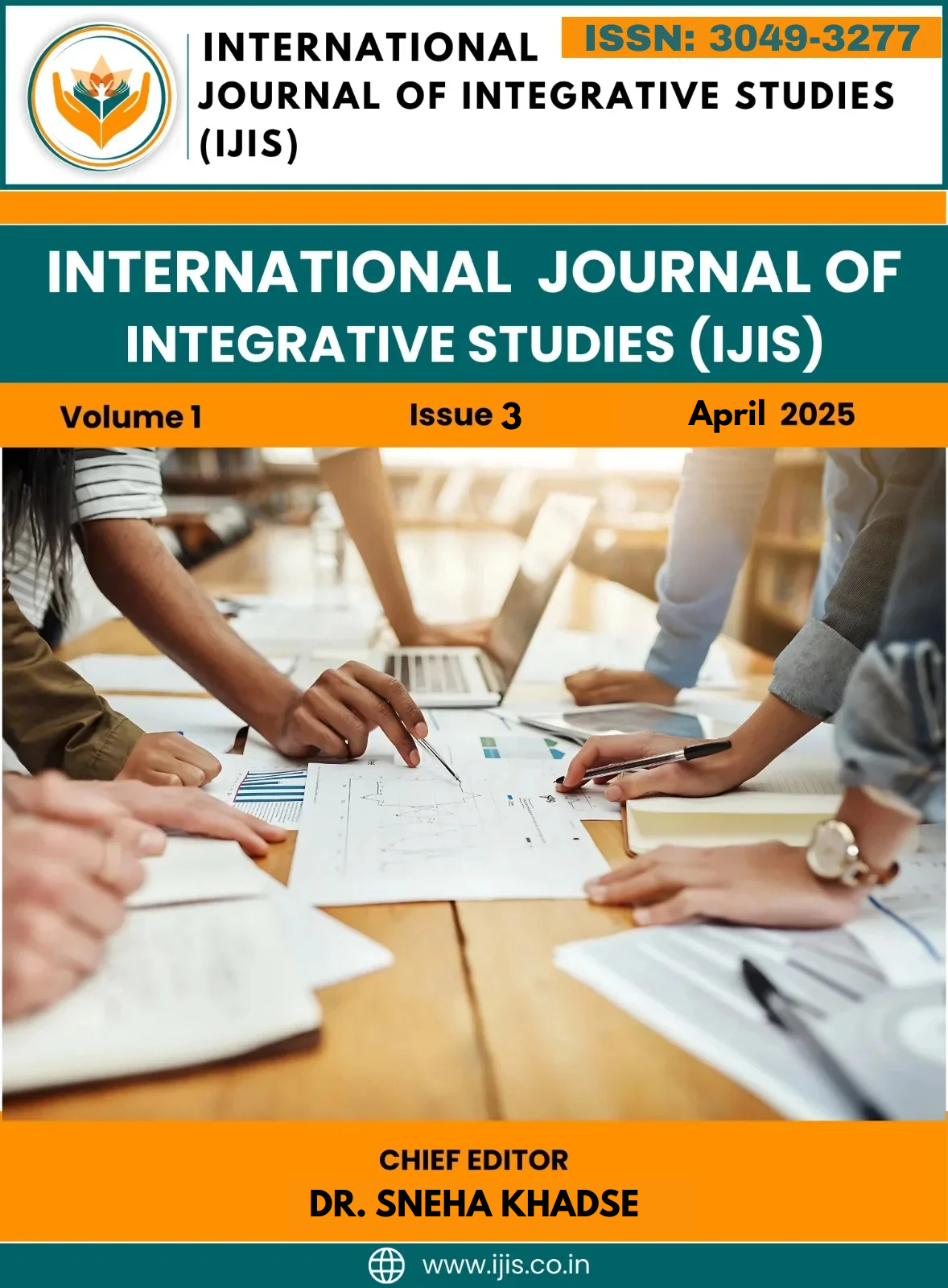Antimicrobial Resistance: Mechanisms, Trends, and Future Directions
DOI:
https://doi.org/10.63856/Keywords:
Antimicrobial resistance, antibiotic resistance mechanisms, multidrug resistance, efflux pumps, biofilm formation, antimicrobial stewardship, horizontal gene transfer, global health, surveillance, alternative therapies, phage therapy, tuberculosis, drug-resistant infections, molecular diagnostics, public health.Abstract
Antimicrobial resistance (AMR) poses a worldwide health danger by rendering numerous antimicrobial treatments useless and leading to elevated healthcare costs and elevated mortality rates and increased morbidity standards as well as economic costs. The study explores antimicrobial resistance mechanisms by investigating enzymatic destruction alongside target alteration and cell pump activity and biofilm developmental capabilities of microorganisms for evading antimicrobial drug effects. This research investigates recent AMR developments by monitoring the increasing numbers of microbes that become resistant to multiple drugs known as MDR together with XDR strains and pan-drug-resistant bacteria. Resistive mechanisms have increased rapidly because of overuse of antibiotics in human medicine and its applications in animal farming as well as genetic exchange that allows microbes to travel among different regions. This paper outlines the importance of surveillance because it functions as an essential component fighting AMR alongside antimicrobial stewardship and infection control practices. Antimicrobial agents along with phage therapy options along with modern diagnostic methods make up the fundamental weapons against AMR. The proposed direction highlights the necessity for different organizations to collaborate because they should develop contemporary therapeutic approaches and strengthen antibiotic management systems worldwide.

Downloads
Published
Issue
Section
License

This work is licensed under a Creative Commons Attribution-NonCommercial 4.0 International License.




